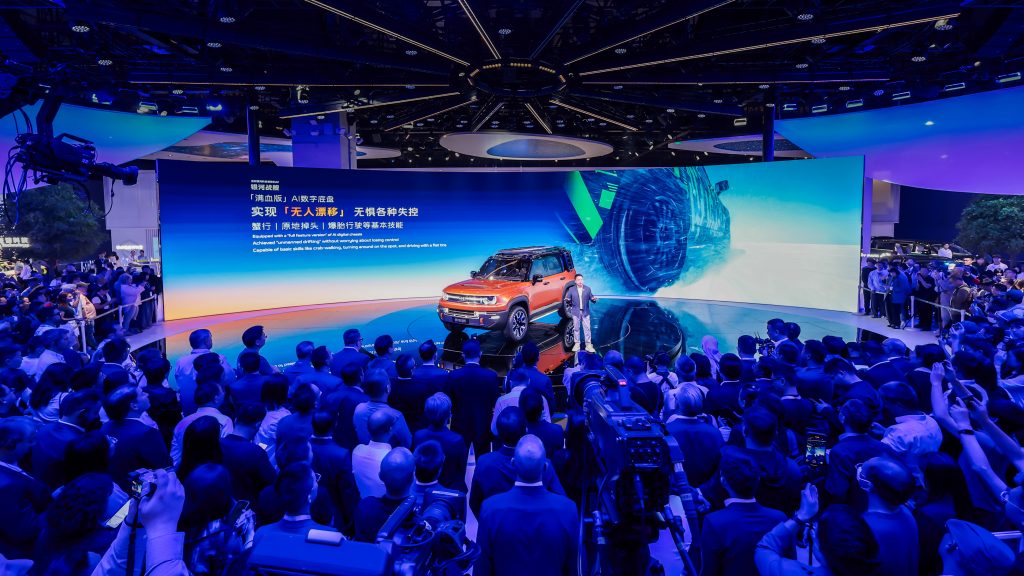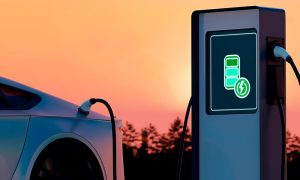Ultra-fast charging has entered a new phase of technological evolution. While BYD has long led the field in China with high-power solutions, three major players have emerged with innovations that match—and surpass—those advances. Huawei, Xpeng and CATL are transforming the electric mobility ecosystem with proposals that combine speed, intelligence and sustainability.
Huawei bets on power and smart energy management
Huawei introduced a 1.5 MW charger with immersive liquid cooling, surpassing BYD’s 1 MW system. This solution supports sustained high-power charging for 15 minutes, even for heavy-duty vehicles. It also features silicon carbide chips that enhance thermal efficiency and extend the charger’s lifespan to 15 years.
Its smart energy management adjusts output in real time to avoid grid overload, and its V2G (vehicle-to-grid) capabilities allow it to return power to the grid—something BYD has yet to fully develop.

Xpeng leads with artificial intelligence
Xpeng launched the Xpeng World Foundation Model, an AI-powered charging architecture that optimizes performance based on vehicle conditions and environmental factors. It delivers 420 km of range in just 10 minutes, boasting an impressive 12.7 kWh per 100 km energy efficiency.
Unlike BYD’s preset processes, Xpeng’s intelligent system adapts dynamically, offering a significant edge for both private and commercial users.
Read more: BYD Revolutionizes the Market with 1,000 kW Chargers: Imminent Rollout in China
CATL redefines charging speed with reliability
Battery giant CATL unveiled a new cell capable of restoring 520 kilometers of range in just five minutes. This milestone, which goes beyond BYD’s latest developments, is backed by enhanced safety and thermal management to ensure minimal wear on the battery.
CATL’s ultra-fast charging, which adds two kilometers per second, is ideal not only for private cars but also for logistics fleets where time efficiency is crucial.







